The National – New Australian Art: Art Gallery of NSW
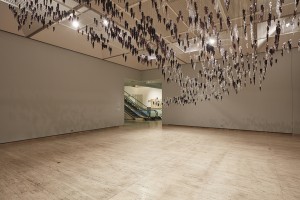
Installation view, Art Gallery of NSW
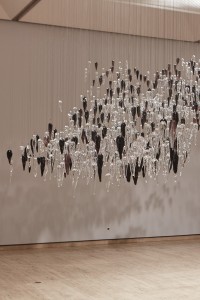
Installation view, Art Gallery of NSW
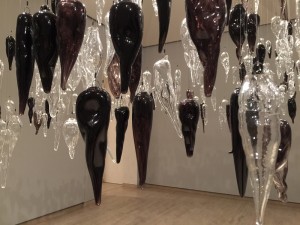
Installation view, Art Gallery of NSW
Hand blown glass, nylon, steel armature
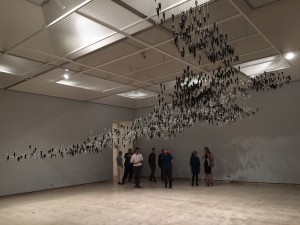
Installation view, Art Gallery of NSW
Hand blown glass, nylon, steel armature
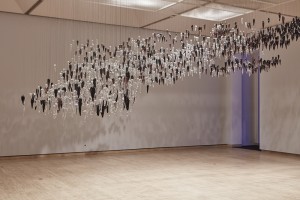
Installation view, Art Gallery of NSW
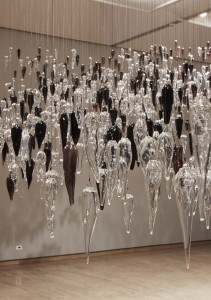
Installation view, Art Gallery of NSW
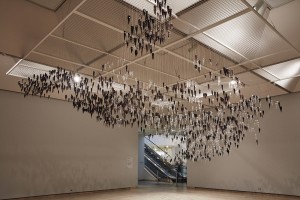
Installation view, Art Gallery of NSW
Yhonnie Scarce
30 Mar - 16 Jul 2017
This installation was commissioned for the The National: New Australian Art, a new biennial survey presenting the latest ideas and forms in contemporary Australian art across three of Sydney’s premiere cultural institutions – the Art Gallery of NSW, Carriageworks and the Museum of Contemporary Art. Scarce’s work can be seen at the Art Gallery of NSW until 16 July 2017.
Yhonnie Scarce’s installations address historical events and government policies that disrupted Aboriginal life. She works primarily in glass, creating hand-blown objects that evoke the human form or reference bush food – such as yams – that sustained inland communities.
Death Zephyr is the outcome of her research into the British nuclear tests conducted in Maralinga, South Australia, during the 1950s and 1960s. Scarce’s bloodlines trace to the region and she has visited Maralinga twice in an attempt to understand the initial and ongoing effects of the fallout.
Numerous Aboriginal communities were displaced at the time and access to Country remains restricted. The full extent of sickness and death caused by the radiation will probably never be known.
The work takes the monumental form of a dispersing atomic cloud, like a ‘grim reaper’ moving across the landscape. Here, Scarce’s use of glass is especially apt – its material transformation during the making process parallels the crystallisation of desert sand by the heat of the Maralinga blasts. These fragments remain in the area as an enduring reminder of the land’s contamination.
